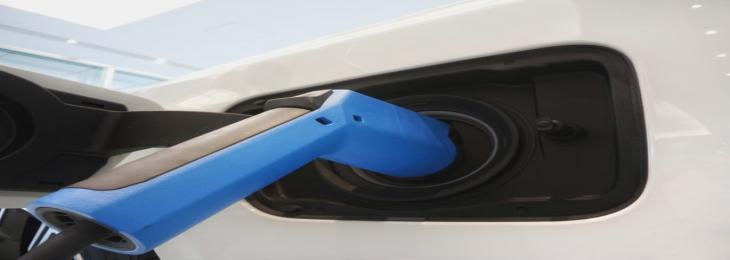Jul, 2021 - By WMR

Scientist moved next-generation electric batteries to a new record-breaking level by using lithium strips as a basis of anode component that enhances the battery performance.
A research group in the U.S. Department of Energy’s Pacific Northwest National Laboratory (PNNL) stepped forward significantly in a way of technology by constructing pure lithium-metal batteries for future generations. Lithium is a material that is known for its excellent energy density, which could allow electric vehicles to increase their ranges and travel further with each charge. Scientists came up with a new design of the battery that would sustain longer and remain functional for more charging cycles.
The agenda behind the innovation was to replace graphite consisting in anode components with more energy density lithium-metal that holds 10 times more energy. Lithium is considered as dream material for batteries with astonishing energy storage. However, an only limitation with the currents versions of batteries is that it struggles for long-lasting behaviour in vehicles. The reason behind it was complex reactions occurring around the anode component, thus affecting a top thin film of the battery called the solid electrolyte interphase (SEI). The role of film was to control the flow of electrons in electrolyte solution and resist electrons from entering into anode from cathode electrode of the battery.
A new study was carried out by scientists to overcome the limitation by preventing unwanted complex chemical reactions around the anode. It was observed that thickness of lithium battery determines its design and cell energy. The scientists formatted the anode with very thin strip of lithium with just a width 20 microns instead of the thicker one as earlier. The anode formed by this thin strip has the energy density of 350 Wh/kg while the lithium batteries used today have an energy density of 250-300 Wh/kg. Researchers noticed that the battery could retain the storage capacity up to 76 % after 600-cycles record. They claimed that it is a record-setting version of the battery, which would last for longer as compared to another version of similar batteries. The research project team concluded that the thinner strip of the anode component facilitates the SEI which led to the better interactions of electron between anode and cathode in the electrolyte solution, which led to an energy density of 350 Wh/kg and now they aim towards an energy density of 500 Wh/kg.

We will be happy to help you find what you need. Please call us or write to us: